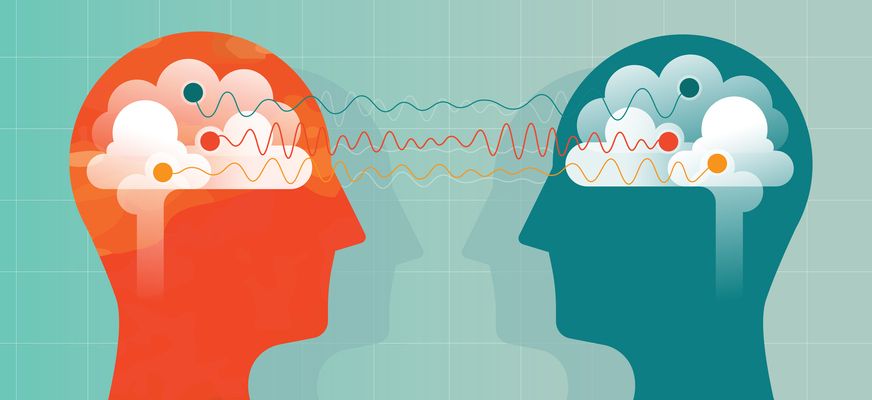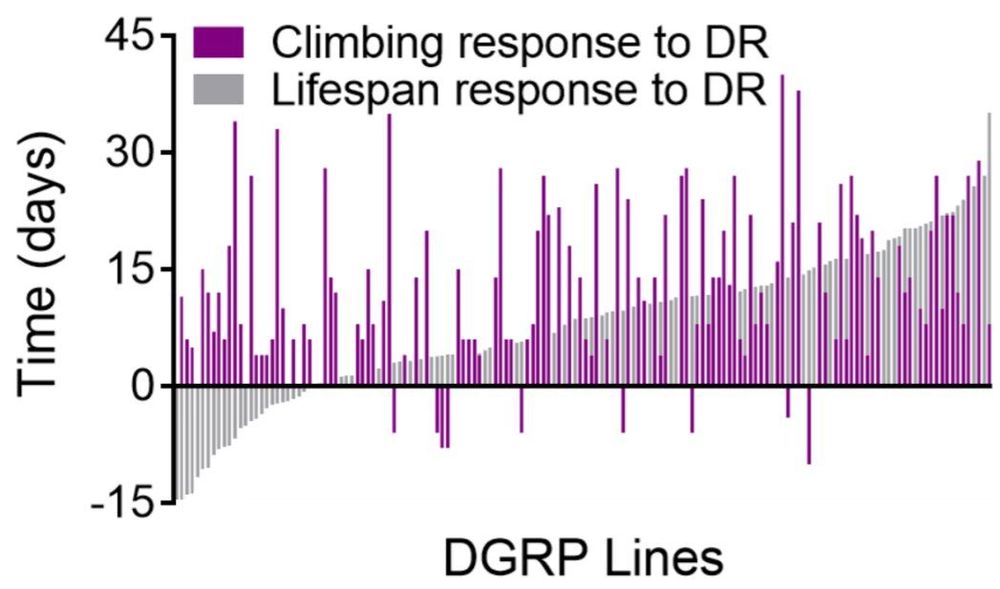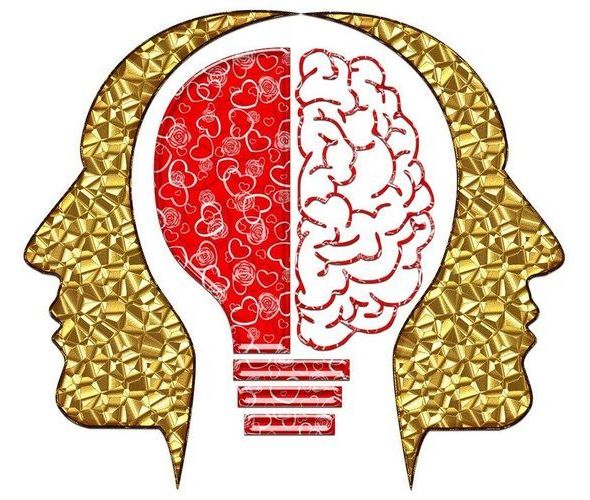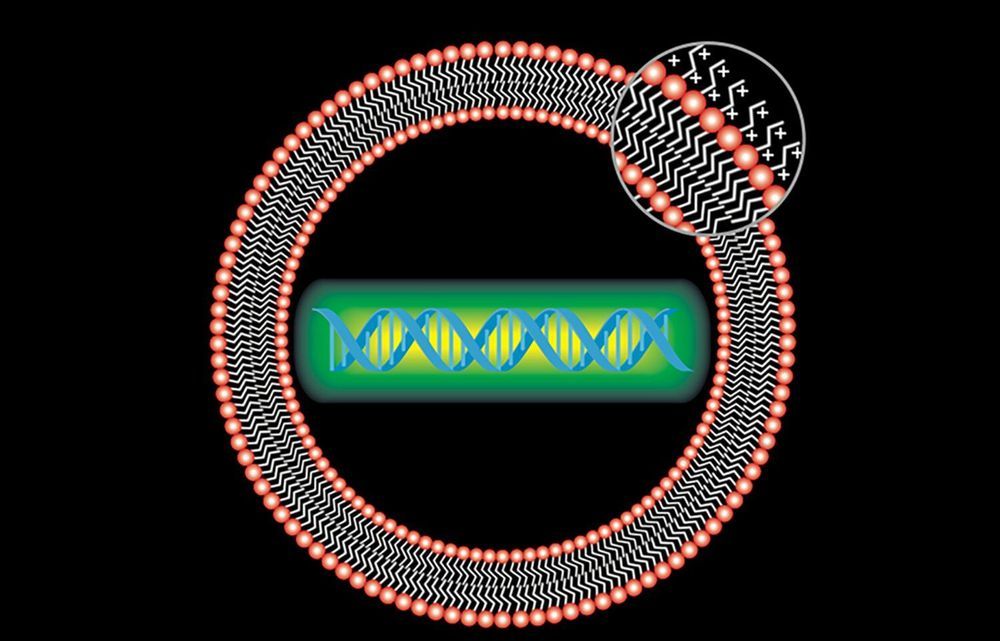The current health crisis has snowballed into a world economic crisis, where every old business norm has been challenged. In such times, we cannot fall back on old ways of doing our business. Today, three technologies
Internet of Things(IoT), Artificial Intelligence (AI), and blockchain are poised to change every aspect of enterprises and our lives. Now more than ever, organisations realise the pertinent need for a robust digital foundation for their businesses as their future plans have been disrupted. “To achieve that level of business sophistication holistically it is imperative that there is a seamless flow of data across all the functions of an enterprise. That requires connected data that is secure and one that is driven by connected intelligence,” Guruprasad Gaonkar, JAPAC SaaS Leader for ERP & Digital Supply Chain, Oracle told Moneycontrol in an interview:
How is India reacting to emerging technologies as compared to other Asia Pacific (APAC) regions?









